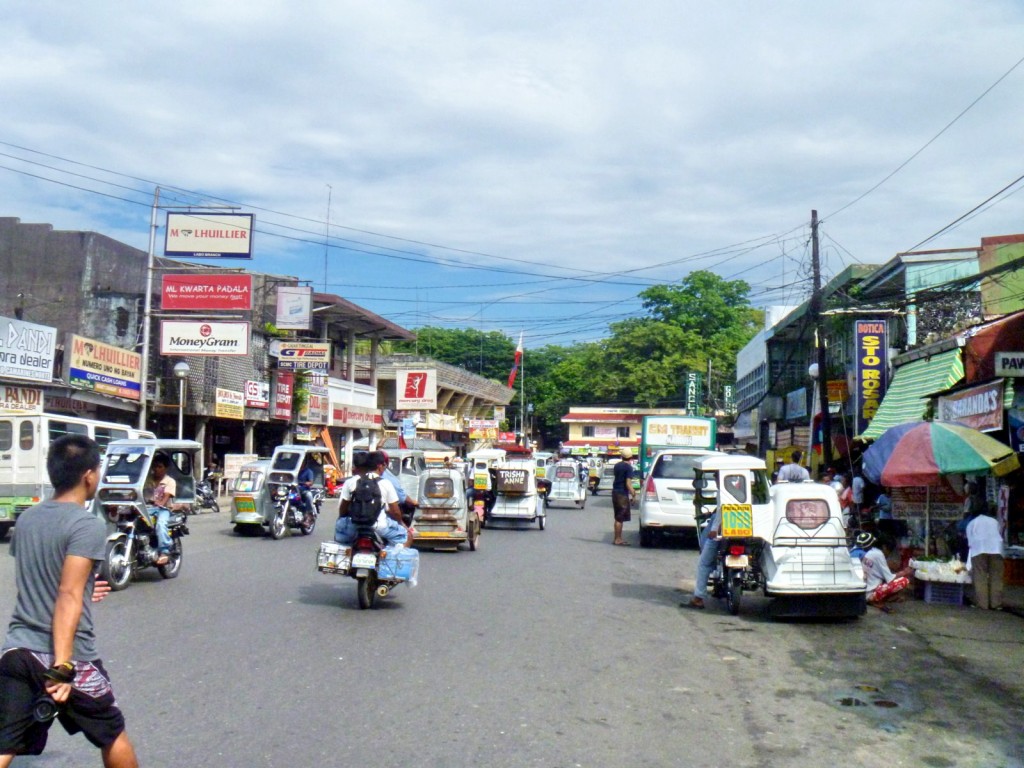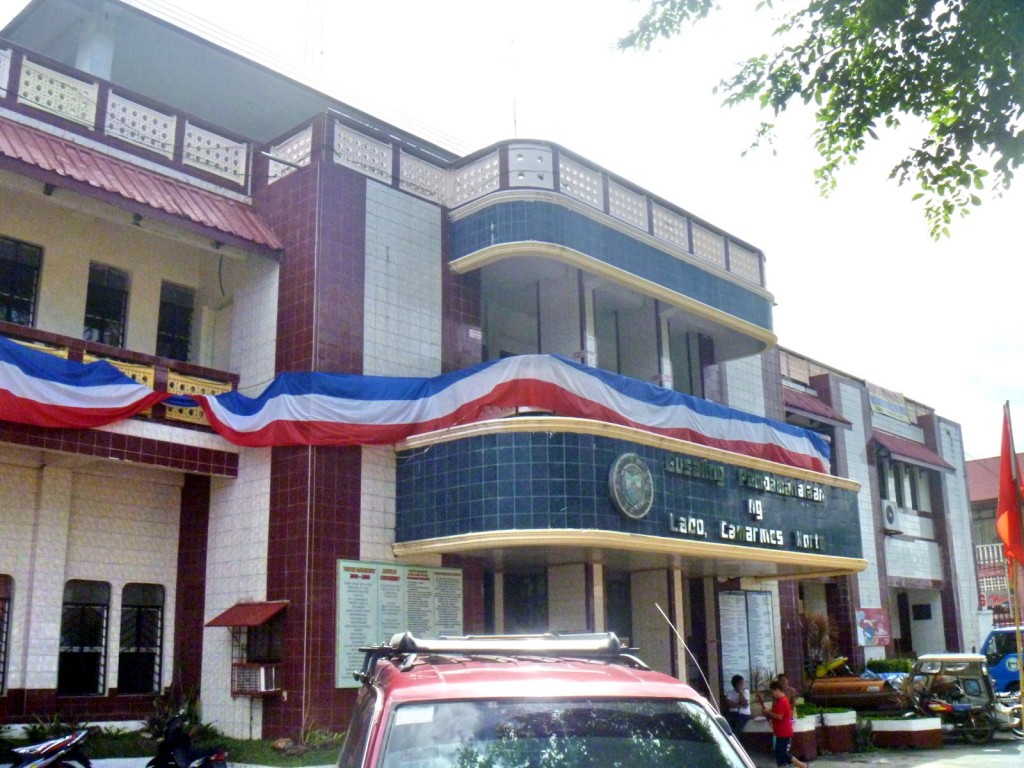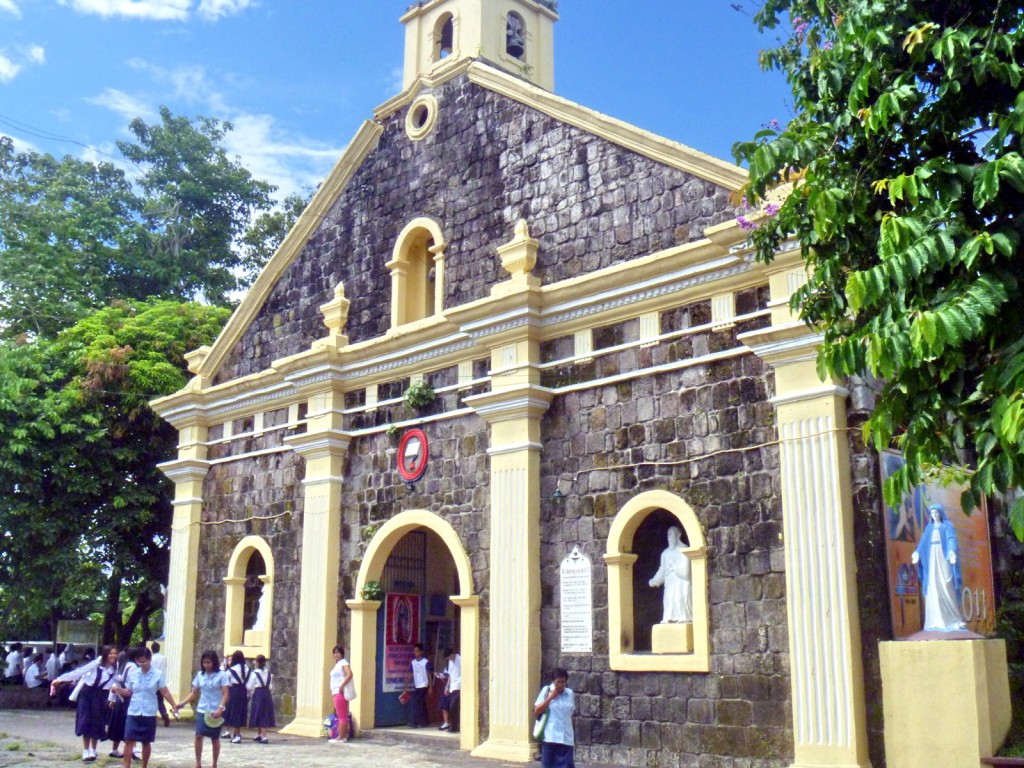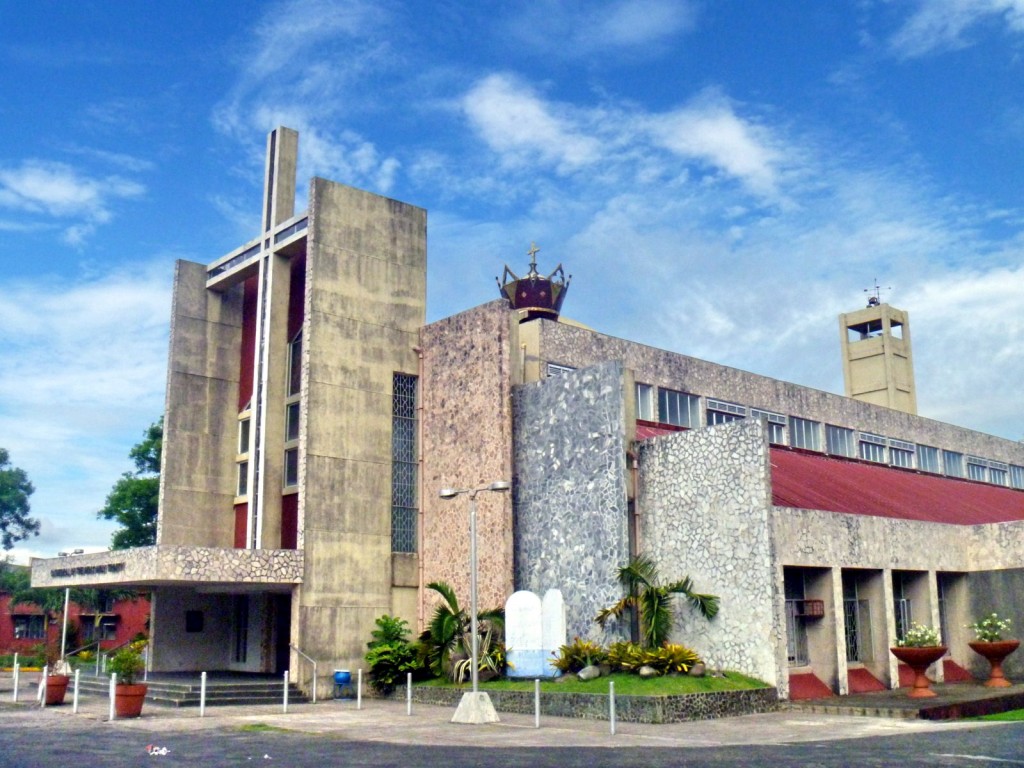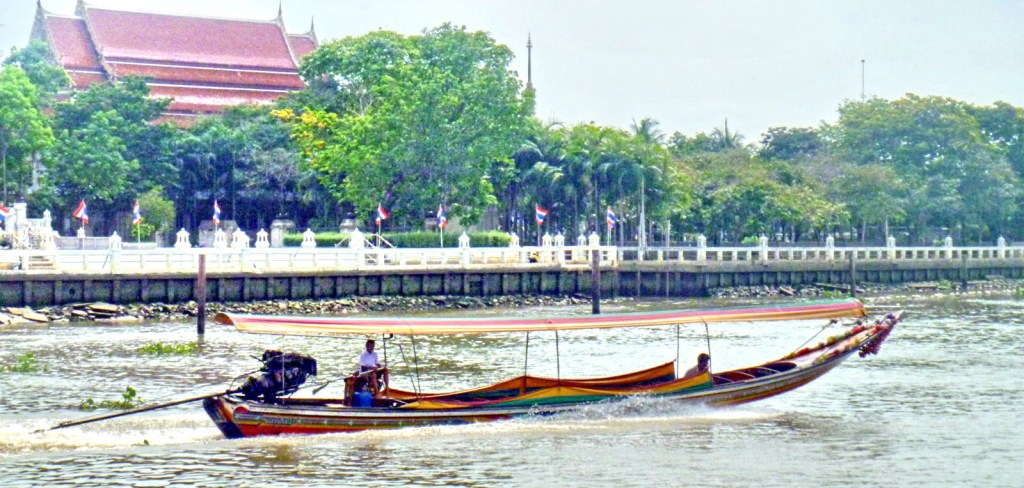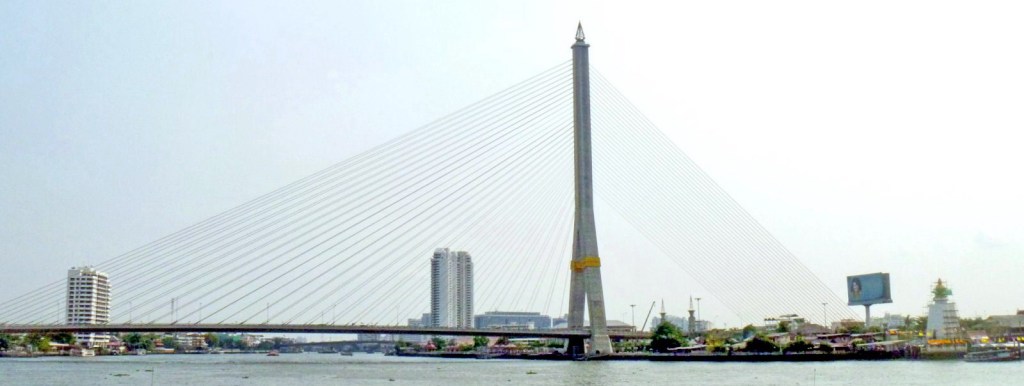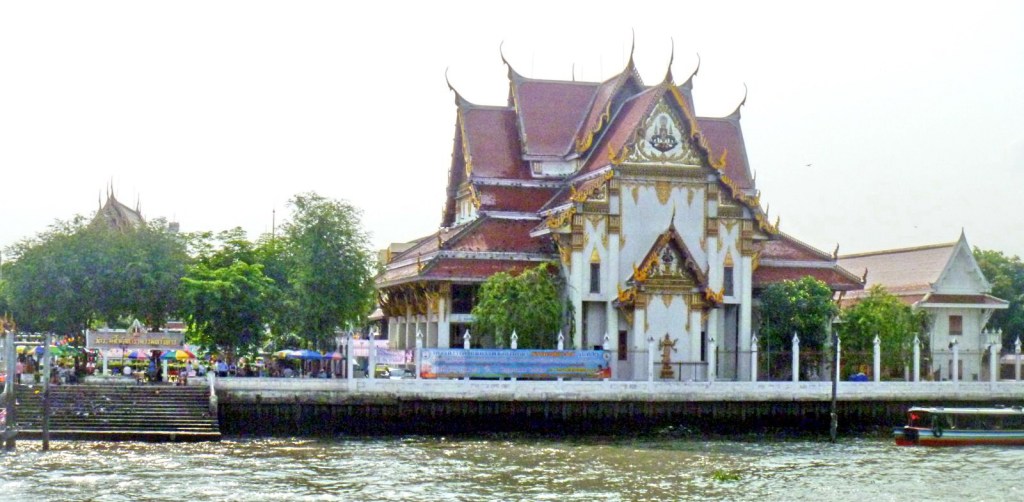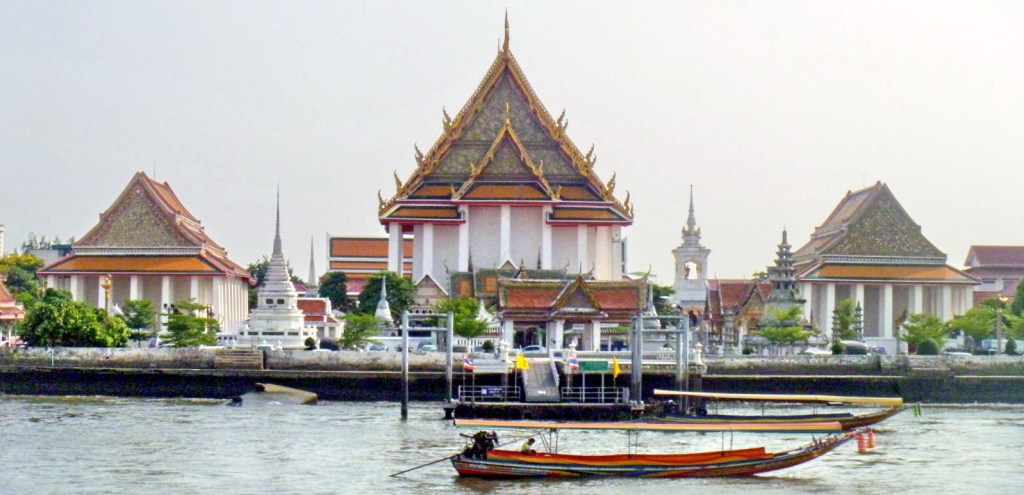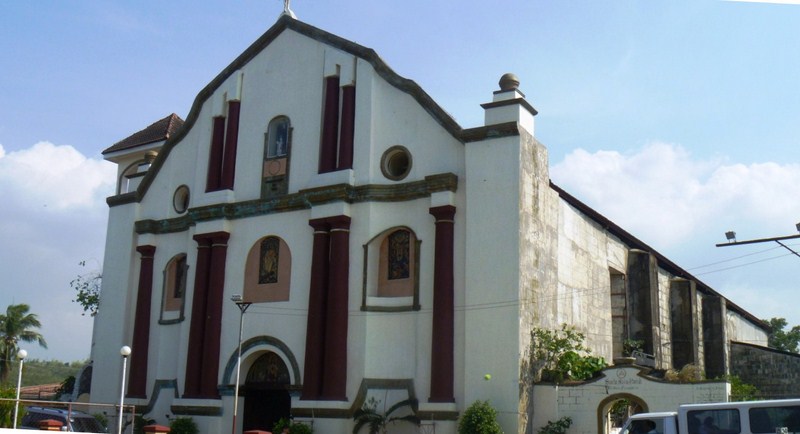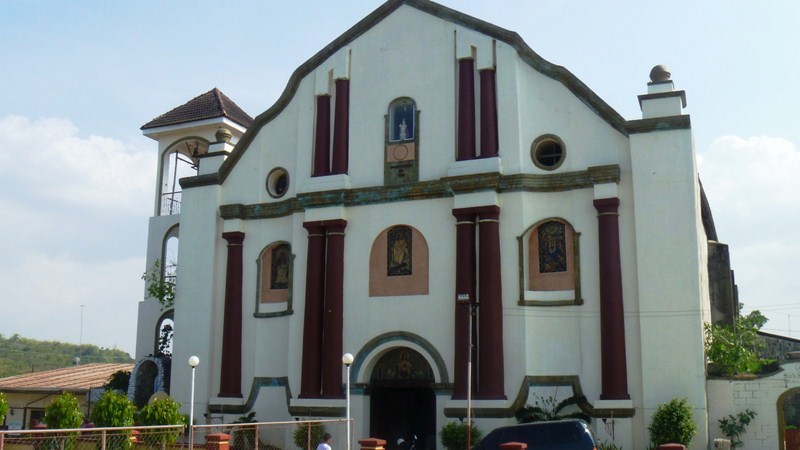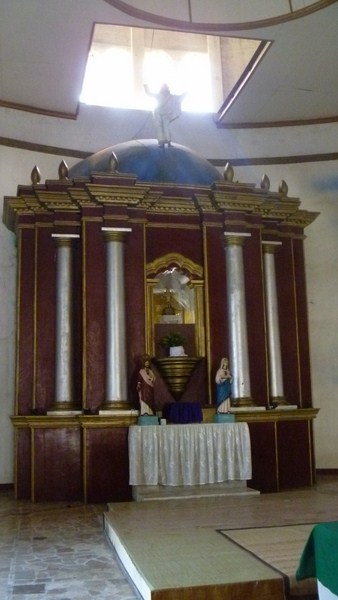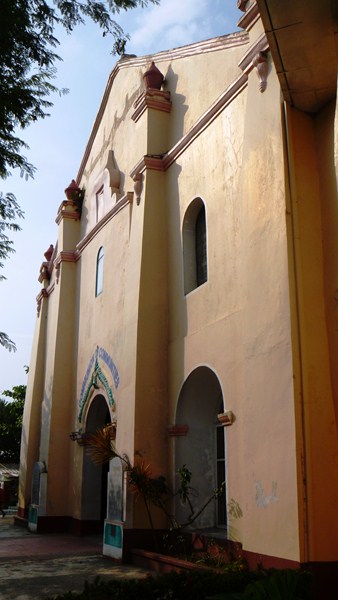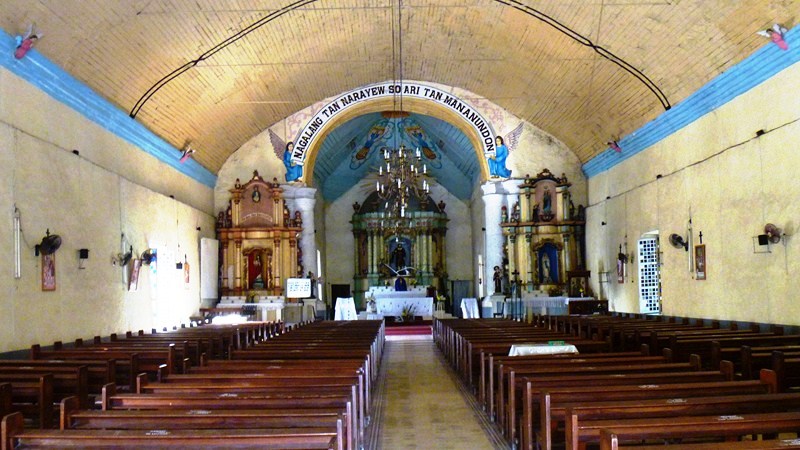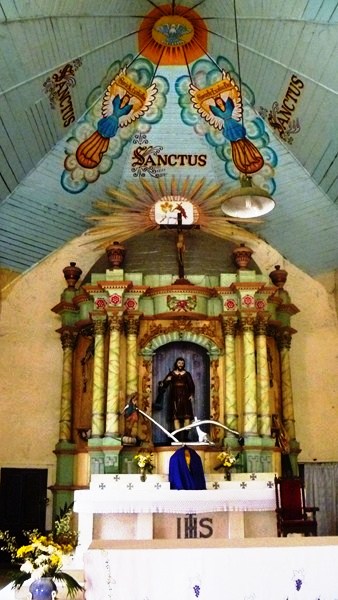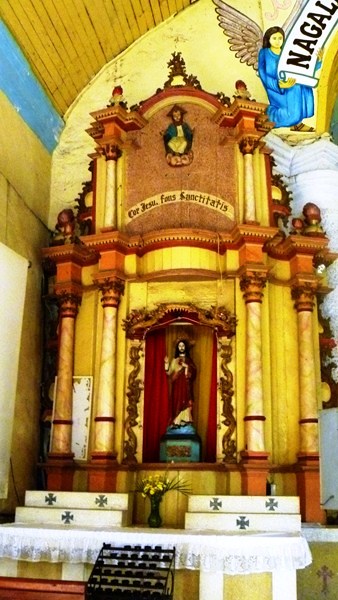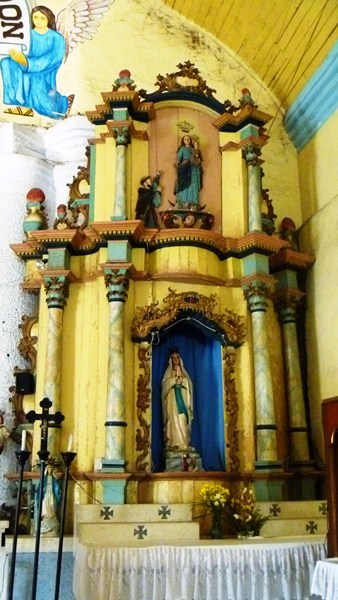 |
| Minor Basilica of St. Michael the Archangel |
Last July 13-14, I, together with fellow travel writer Bernard Supetran, were invited by photographer friend Lee Llamas to cover the Maubanog Festival in Lee’s hometown of Mauban in Quezon. Bernard and I met up at Starbucks Magallanes were we were picked up, around 11 AM, by a chartered Nissan Urvan. Joining us were Lee’s photographer friends Ms. Baby de la Cruz (a just returned overseas contract worker from Kuwait), Mr. Dax Cruz (a balikbayan from Canada) and Dr. Omar Cacabelos (a dentist). All, including Lee, are members of Gruppo i4i (eye for eye), a band of professional photographers who offer a wide range of services to clients. We were in for a long haul, the trip to Mauban taking all of 190 kms. Along the way, we made stopovers for toilet breaks, lunch at Chowking and a photo ops at Tayabas City.
 |
| The church’s beautiful interiors |
This wasn’t my first visit to this city, the first being during a Holy Week break in 1999 when Tayabas was still a municipality (it only became a component city in 2007). Still an eye opener was its 103-m. long Minor Basilica (it became such on October 18, 1988) of St. Michael the Archangel, the best preserved and the most beautifully-decorated church complex in the province. It is also the longest Spanish colonial church in the country and also one of the oldest. Its bell tower contains an 18th century clock (the only one of its kind in the country) that chimes every 30 minutes. The church interior has seven altars, all done in the Neo-Classical style, an antique organ at the choir loft, a balcony below the beautiful dome and beautiful trompe l’oeil ceiling paintings. The adjacent convent was used as a Japanese garrison during World War II. This beautiful church is now listed, by the National Museum, as one of 26 National Cultural Treasures.
 |
| The Casa Communidad de Tayabas |
Nearby is the Casa de Communidad, the biggest stone house ever restored by the National Historical Institute. It was first built in 1776 as a tribunal by gobernadorcillo Francisco Lopez and made into a lavish edifice from 1831 to 1837 by then gobernadorcillo Don Diego Enriquez. Apolinario dela Cruz (a.k.a. Hermano Pule) was hastily tried and sentenced to death here in 1841 by a Spanish court for leading a revolt. It was later used as a Spanish Armed Forces headquarters (May 29, 1898), as the Central High School Building (March 12, 1901), as the Tayabas Provincial Hospital (1941) and the Japanese Army headquarters until it was burned by American bombing on March 15, 1945. In 1950, it was used as the Central School Building No. 2. The building was renovated in 1973 (Exec. Order No. 2601) and 1974 (Exec. Order No. 3750) and was declared a National Historical Landmark on June 1, 1978. It now houses a museum, municipal library, art and culture center, and tourism office. The building was in a sorry state of disrepair when we arrived and is currently being restored again.
 |
| The Spanish-era Malagunlong Bridge |
Back on the road to Mauban (now just 14 kms. away), we gain made a short photo op, 2.4 kms. outside of Tayabas City, at a modern, girder-type concrete bridge along the highway to view, at the upstream side, the Malagunlong Bridge, the oldest in the province and one of the few remaining Spanish colonial, arch-type bridges in the country. The bridge, now unused, was built of adobe stone, limestone and molasses and started by Spanish Franciscan parish priest Fr. Antonio Mateus in 1840 and completed 10 years later. It is 445 ft. long and has five spans. About 230 m. after this bridge, we arrived at the junction going to Mauban.


